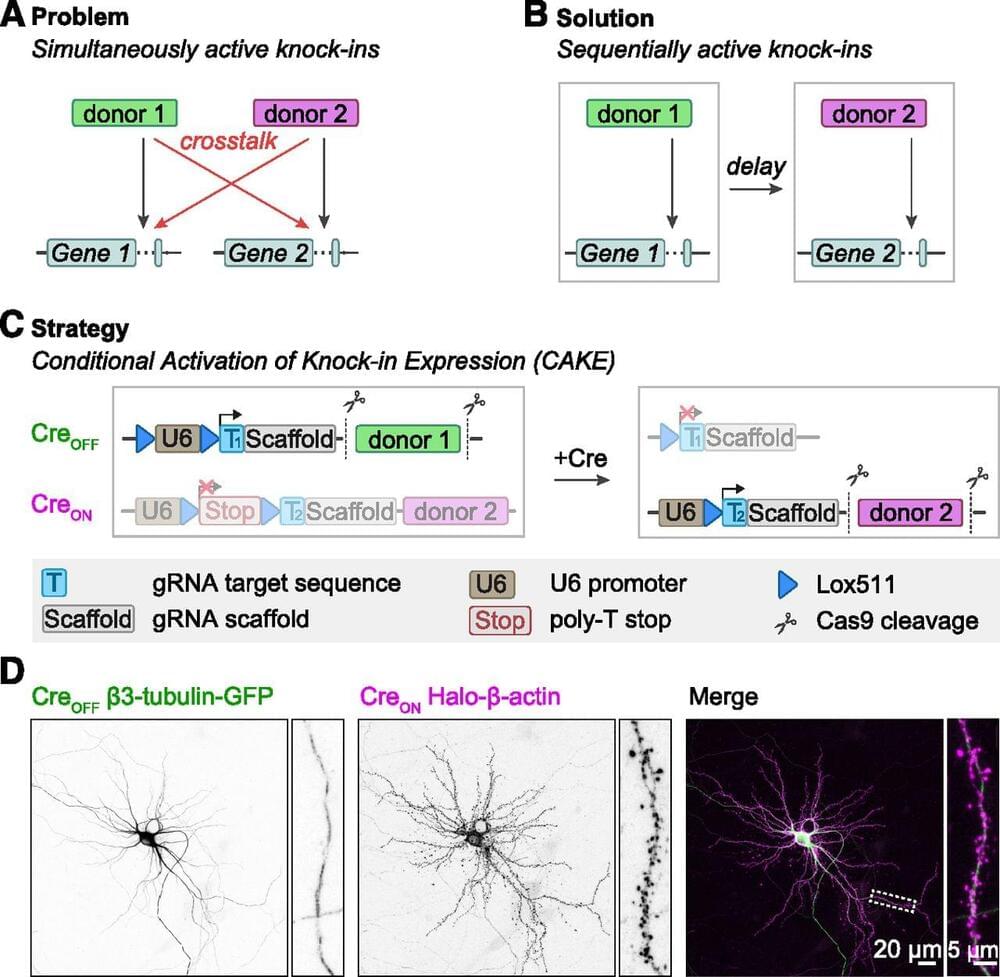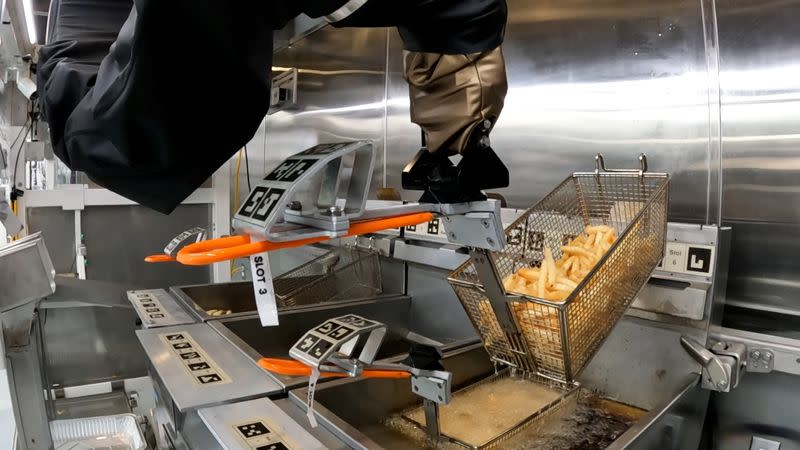The rise of quantum computing and its implications for current encryption standards are well known. But why exactly should quantum computers be especially adept at breaking encryption? The answer is a nifty bit of mathematical juggling called Shor’s algorithm. The question that still leaves is: What is it that this algorithm does that causes quantum computers to be so much better at cracking encryption? In this video, YouTuber minutephysics explains it in his traditional whiteboard cartoon style.
“Quantum computation has the potential to make it super, super easy to access encrypted data — like having a lightsaber you can use to cut through any lock or barrier, no matter how strong,” minutephysics says. “Shor’s algorithm is that lightsaber.”
According to the video, Shor’s algorithm works off the understanding that for any pair of numbers, eventually multiplying one of them by itself will reach a factor of the other number plus or minus 1. Thus you take a guess at the first number and factor it out, adding and subtracting 1, until you arrive at the second number. That would unlock the encryption (specifically RSA here, but it works on some other types) because we would then have both factors.







